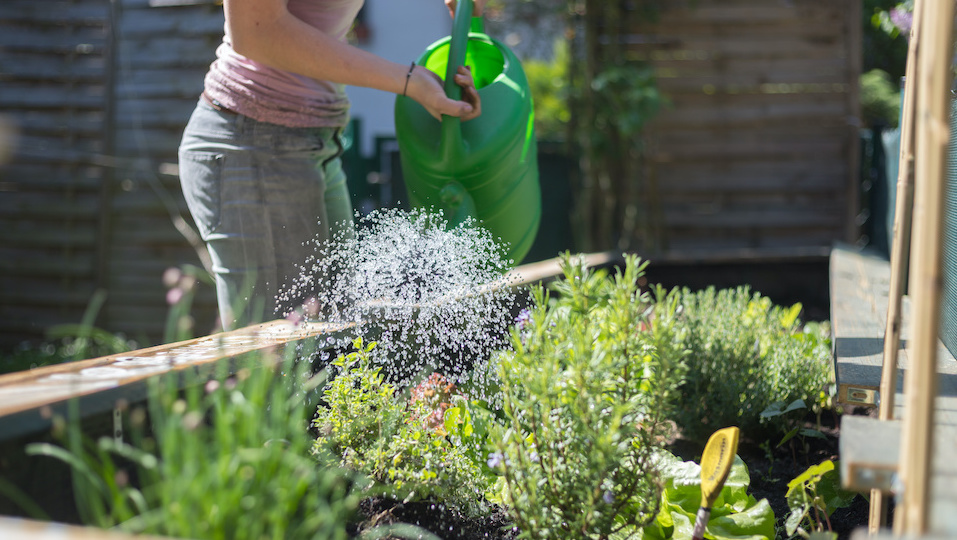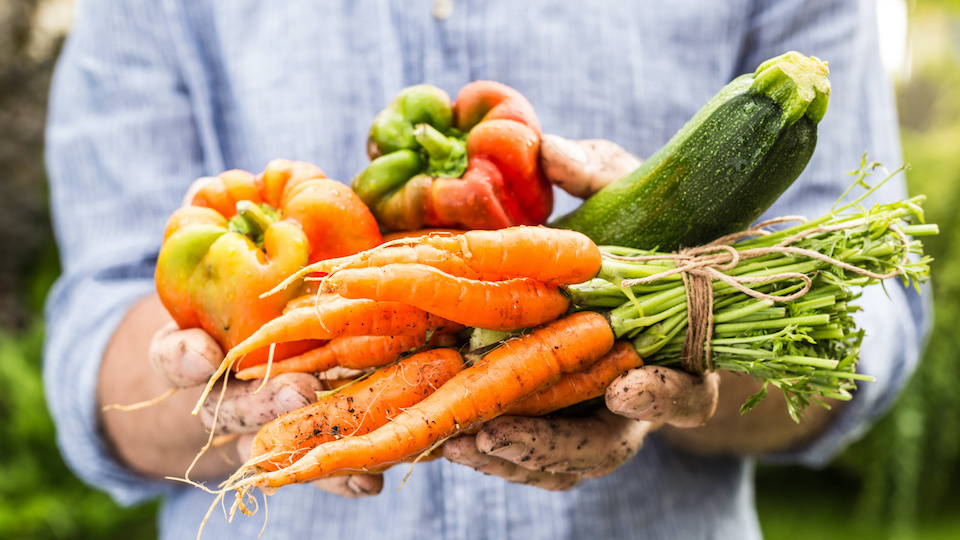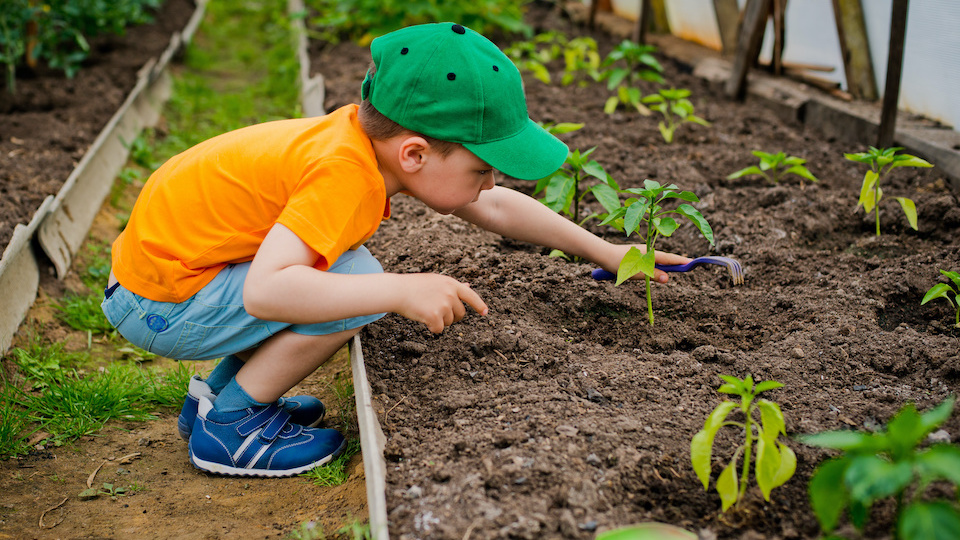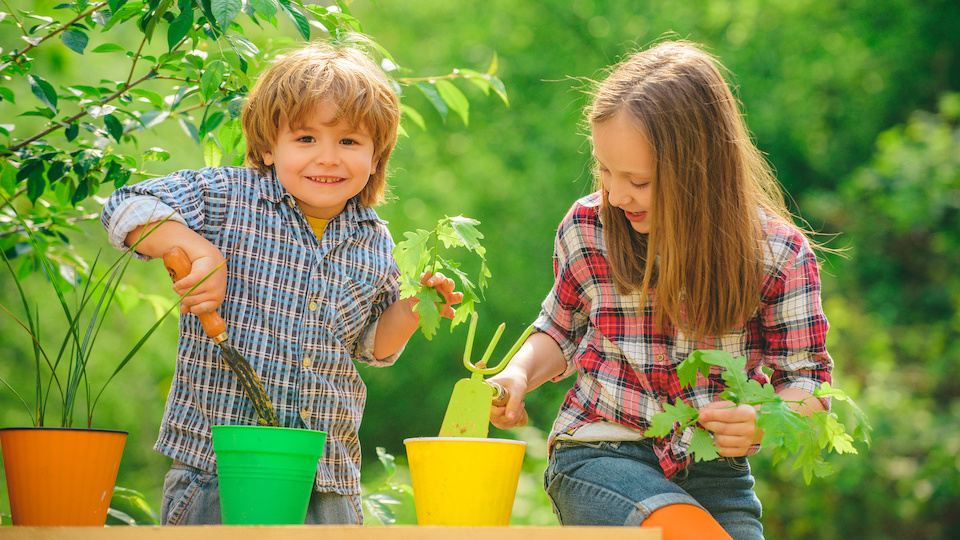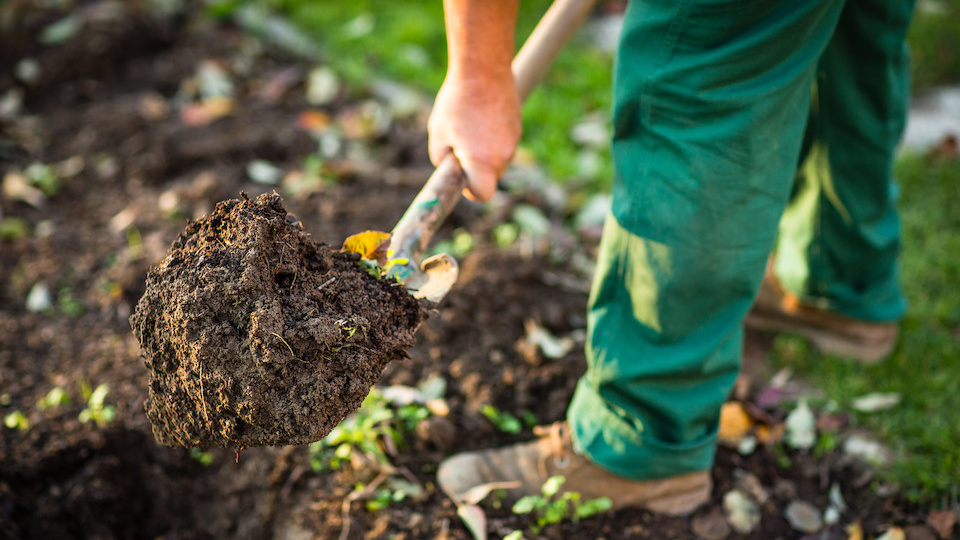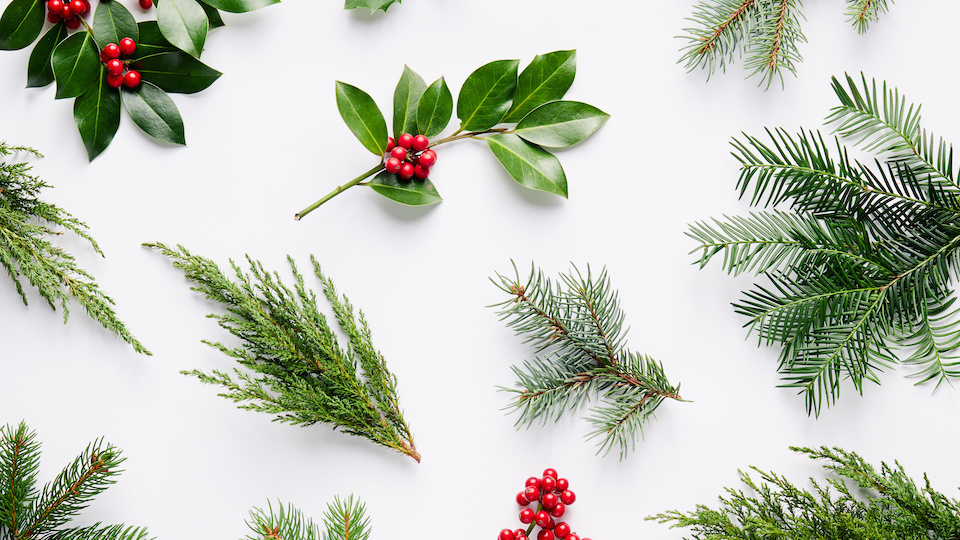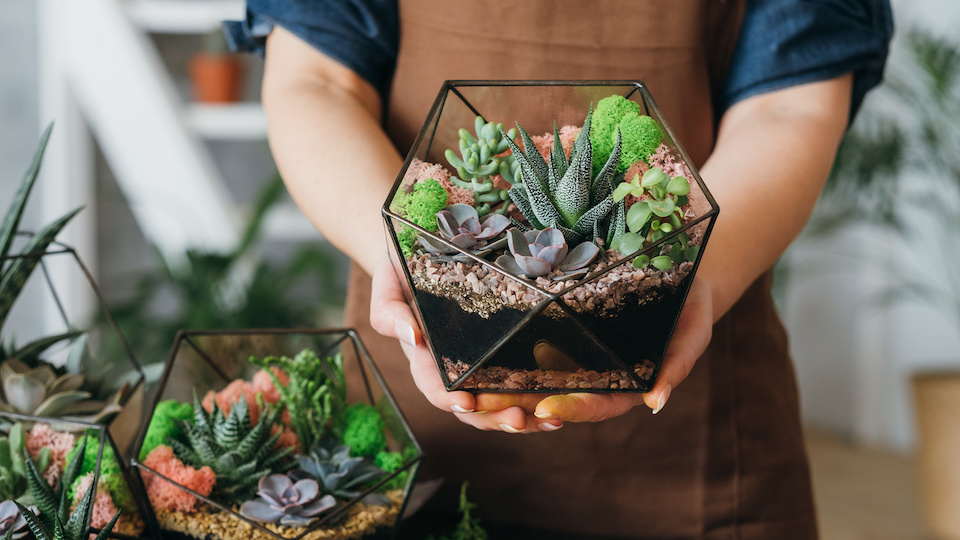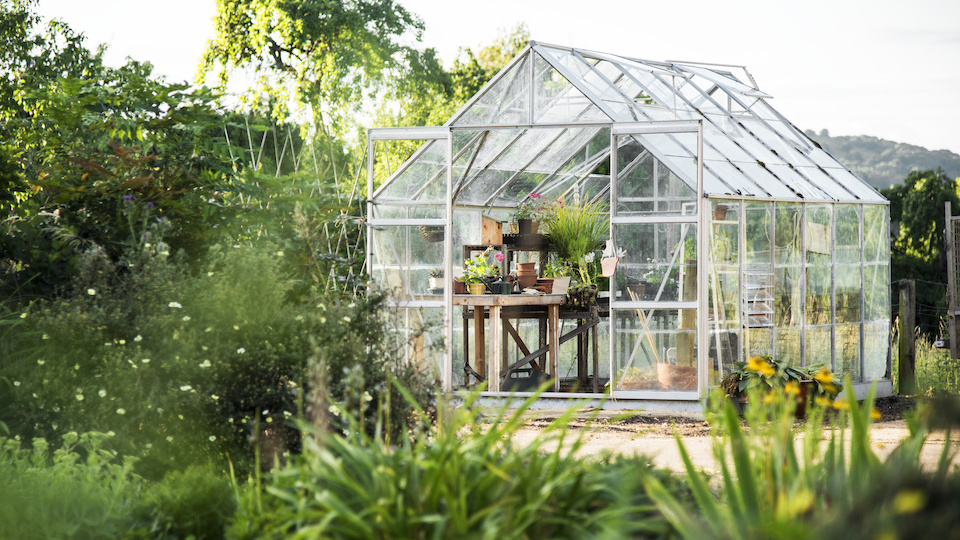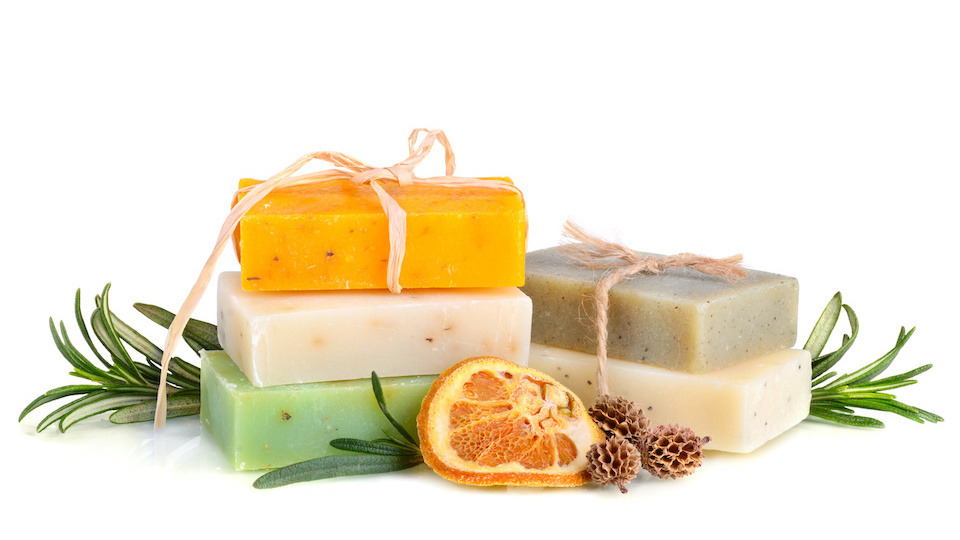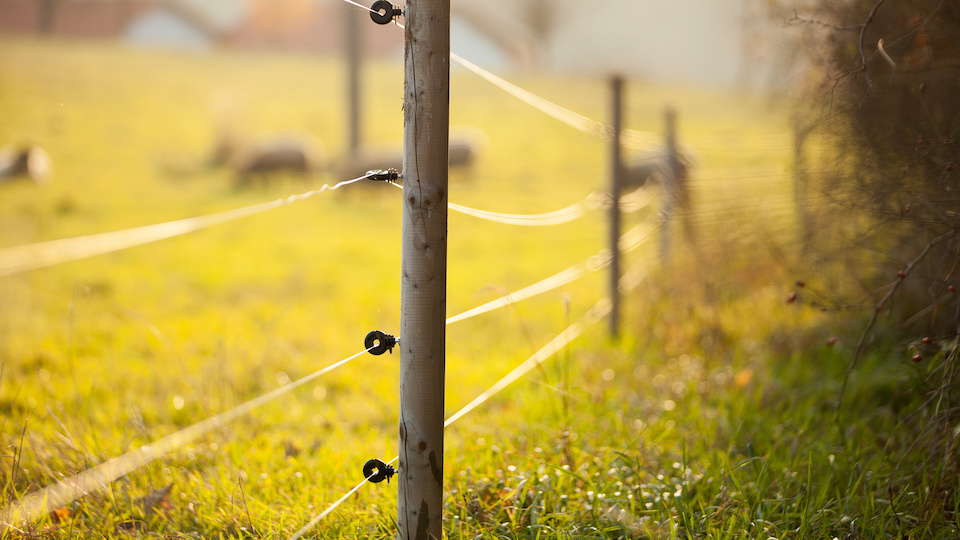Urban Homesteading: How to be Self Sufficient in the City
Living sustainably is no longer limited to the size of the land you own. Although you might not have enough space in your garden to grow large crops like wheat and corn, you can still grow fruits, vegetables, and trees in a city garden — or even containers. There’s a growing number of urban dwellers looking to become self-sufficient while reconnecting with nature. So, if you’re a big city dweller and dream of becoming a modern-day homesteader one day, why wait? Here’s how to be self-sufficient in the city.


